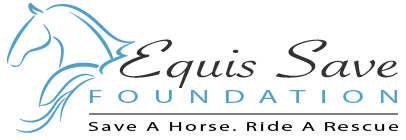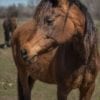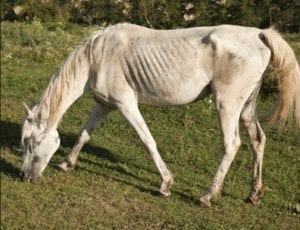 How to Rehabilitate a Starved Horse
How to Rehabilitate a Starved Horse
From horses who may have been abused or neglected to others that suffer from medical conditions, rehabilitating a starved horse is a process that takes lots of time, money and patience. We understand the importance of bringing the animal back to an appropriate weight so that they can live a healthy lifestyle. If you are adopting a horse who is being rehabilitated, it is vital for you to know what steps to take in the rehabilitation program because the recovery can take many months and is important to the animal’s survival.
Signs of a Starved Horse
When you see a starved horse, it may be quite obvious that they are suffering from starvation. You can also look for other physical signs that will reveal clues to high stress as well. If your horse has very poor hooves and hair coats that have bacterial and fungal skin disease – along with poor nutrition, they could also be suffering with immune system issues.
In some of the more severe cases of a starved horse, you may notice that they are no longer interested in food even when you try to feed them. You may also experience that some of these horses can no longer stand on their own.
Bring a Horse Back to a Healthy Weight
It is important that you seek veterinary care prior to beginning or continuing a rehabilitation program so they can rule out any medical and/or dental conditions, and can provide advice on recovery. While every case of rehabilitating a starved horse will vary, there are a few basic things to keep in mind:
- Feed small frequent meals of hay 6-8 times a day for a week
- Check on the horse regularly for the first 72 hours, making sure they are not becoming ill or colic
- As you begin to see improvements after a few weeks, increase amount of food and decrease frequency to 3-4 then 2-3 times a day.
- Make sure they always have fresh and clean water, as well as a salt or mineral block
- Do not add in any grain or supplemental food until the horse is processing the hay without any issues
Continued Treatment of a Starved Horse is Key
With the help of donations, Equis Save Foundation is able to do the bulk of the work when rehabilitating starved horses to get them back to a healthy weight. However, when someone adopts a horse, it is important that they continue the rehabilitation program. It can take months to bring a horse back to a healthy weight. A consistent diet and long-term program can prevent metabolic abnormalities.
As the horse’s health improves, you may start to see signs of increased energy and personality. A coat that may have had skin disease will shed off completely and new healthy hair will grow back. The horse’s heart murmurs will also get softer until they are no longer heard. It will be a beautiful transformation, once you see the horse getting back to a normal healthy lifestyle!








